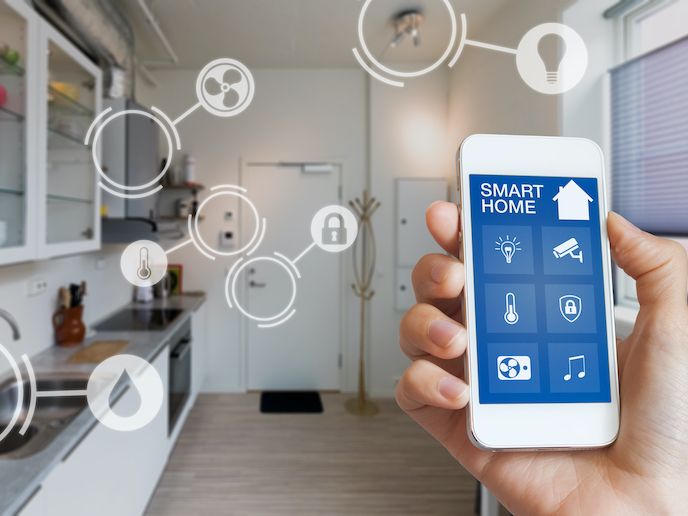Creating the port of the future
Efficient ports are vital for the EU. About 74 % of goods imported and exported(opens in new window) and 37 % of exchanges within the EU enter and leave by sea. However, a key challenge for ports today is the modernisation of their processes to reduce their environmental impact. With a focus on the digital transformation of small-to-medium ports and their associated communities, the EU-funded PortForward(opens in new window) project set out to realise its vision of the port of the future: smart, green and interconnected. “Specifically, we focused on the development and implementation of 10 use cases in 5 different ports. These use cases focused on individual needs – some with more of a focus on gaining process transparency by employing smart Internet of Things technologies, while for others it was about optimising port processes based on environmental impact criteria,” explains project coordinator Olaf Poenicke. PortForward’s central approach(opens in new window) was to enable the integration of individual services that were developed for the use cases, by deploying them on the PortForward Platform. “This cloud-based platform provides central components of a middleware, cloud infrastructure for service orchestration and the PortForward Dashboard. Therefore, individual services can be linked, and ports can select and customise the services they need,” describes Poenicke.
Services and IT infrastructure components for EU ports
The project’s results are twofold: services developed showing high potential and whose implementation is already being explored in ports, and IT infrastructure components to be further exploited. One of the services that has been successfully tested is the Green Yard Scheduler(opens in new window). “This is a decision support tool optimising processes in container terminals. It integrates energy consumption and emissions of container handling equipment as optimisation criteria,” explains Poenicke. This service was trialled in the Port of Vigo, Spain. Another service, the Port Authority Dashboard(opens in new window), provides a holistic overview on port performances to port authorities and was successfully trialled by the port authority of Naples and Salerno, Italy. “One more to highlight is the AR-based Assistance of Container Inspection. In this use case, port operating personnel are supported by an augmented reality application using smart glasses. Relevant information for container inspection processes is displayed to the operators, and remote support can be given via the application to enable more efficient and smooth inspection processes,” says Poenicke. This service was trialled in the Port of Livorno, Italy. One of the IT infrastructure components to be further exploited is the PortForward Platform, which will enable the integration of further services, for instance from the sister projects of the EU H2020 programme ‘The Port of the Future’. Another relevant IT solution is the so-called Virtual Twin(opens in new window), developed for the Port of Magdeburg, Germany. It consists of a complete spatial 3D model of the port and integrates dynamic real-time information of the three use cases developed at the port. This way, information of different port processes and port infrastructures are visualised in an intuitively understandable user interface.
Sensitising ports about the potential of digitalisation
The economic potential of digitalisation and data integration were demonstrated to the ports and related stakeholders. PortForward also increased the ports’ awareness of their environmental impact, and of the project’s solutions and technical approaches to help reduce this impact. “The project helped to demonstrate and validate the potential of digitalisation. The experiences gained by the ports, using the project solutions, will further boost the digitalisation of port processes and of port communities, and thus also enable a quicker and easier adoption of other novel digital solutions,” concludes Poenicke.







